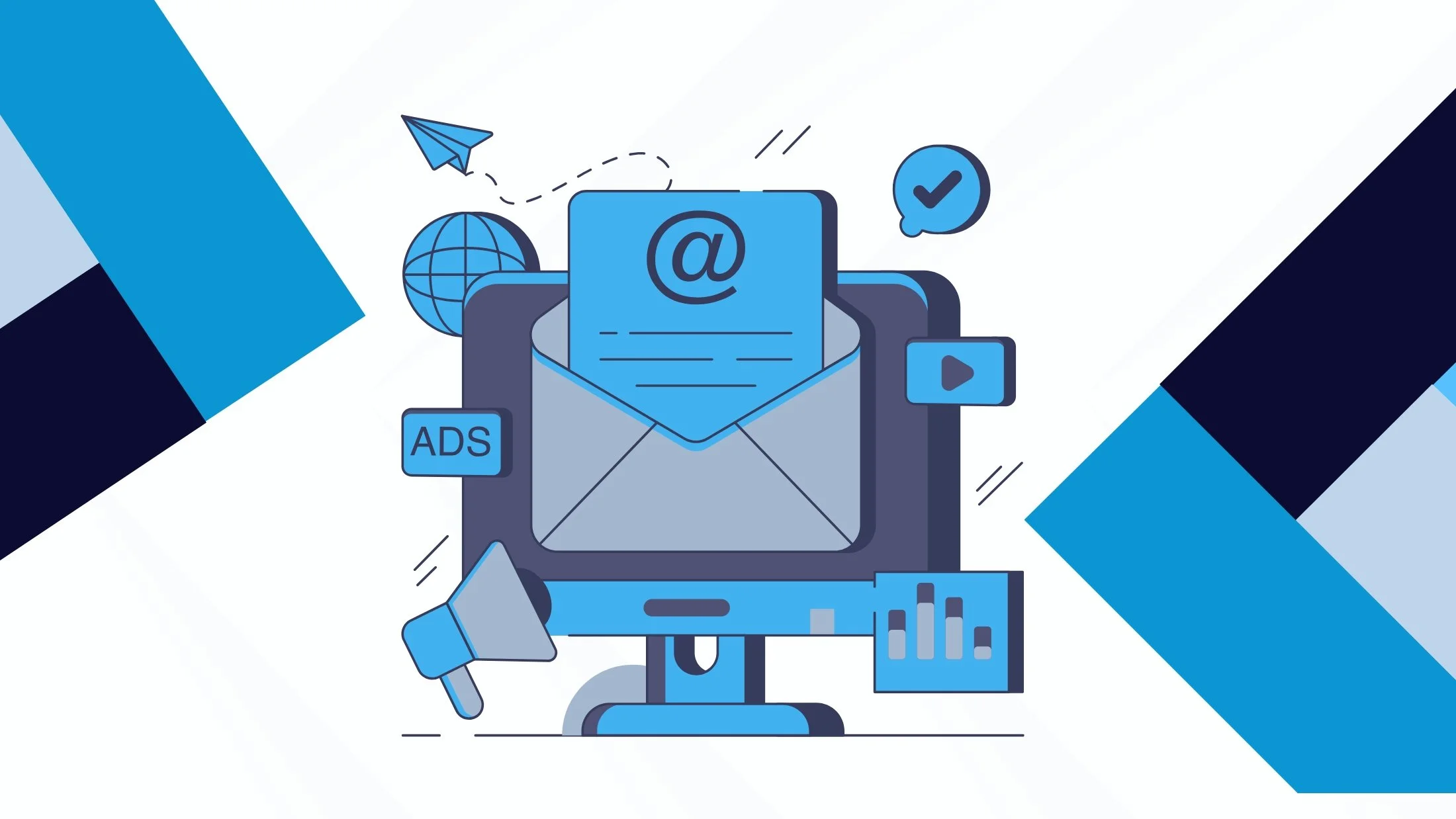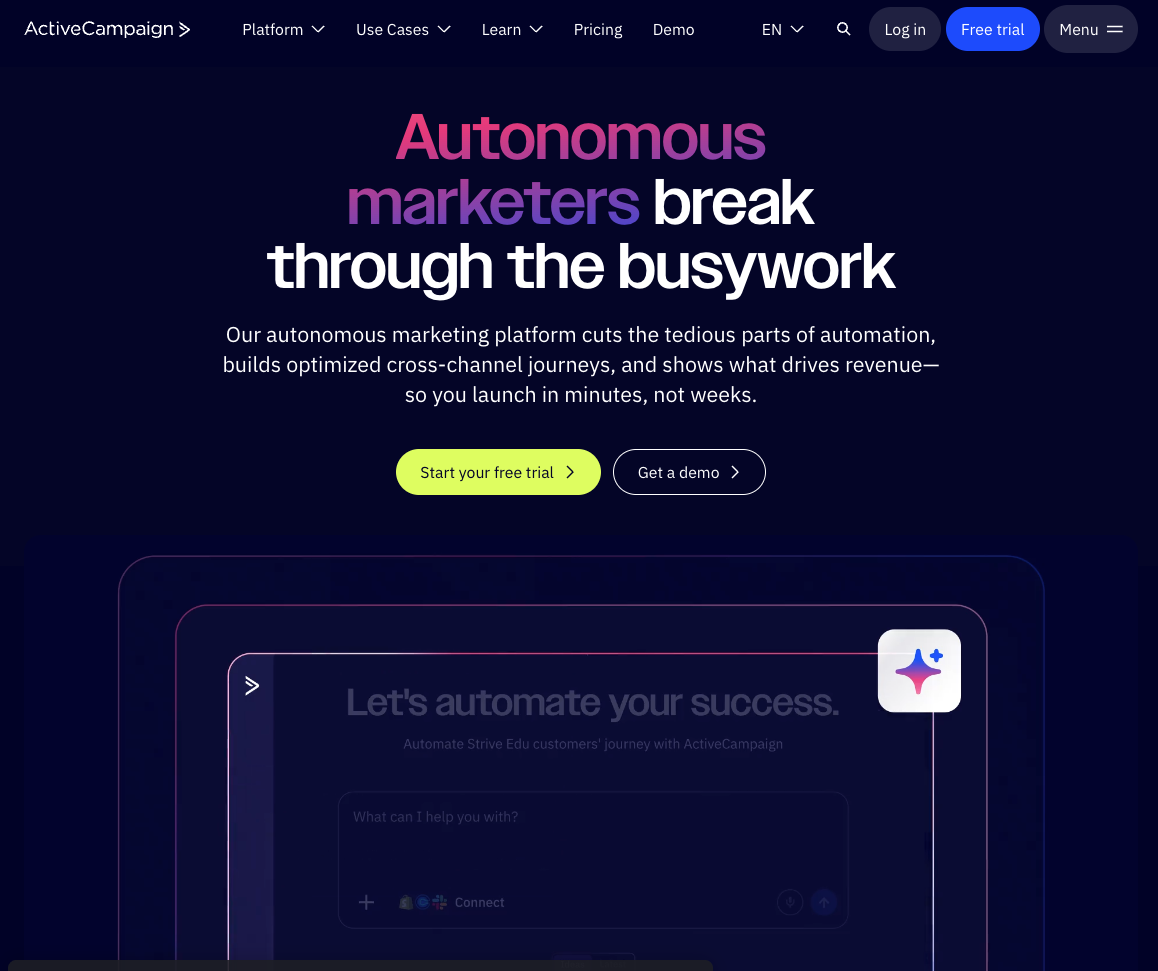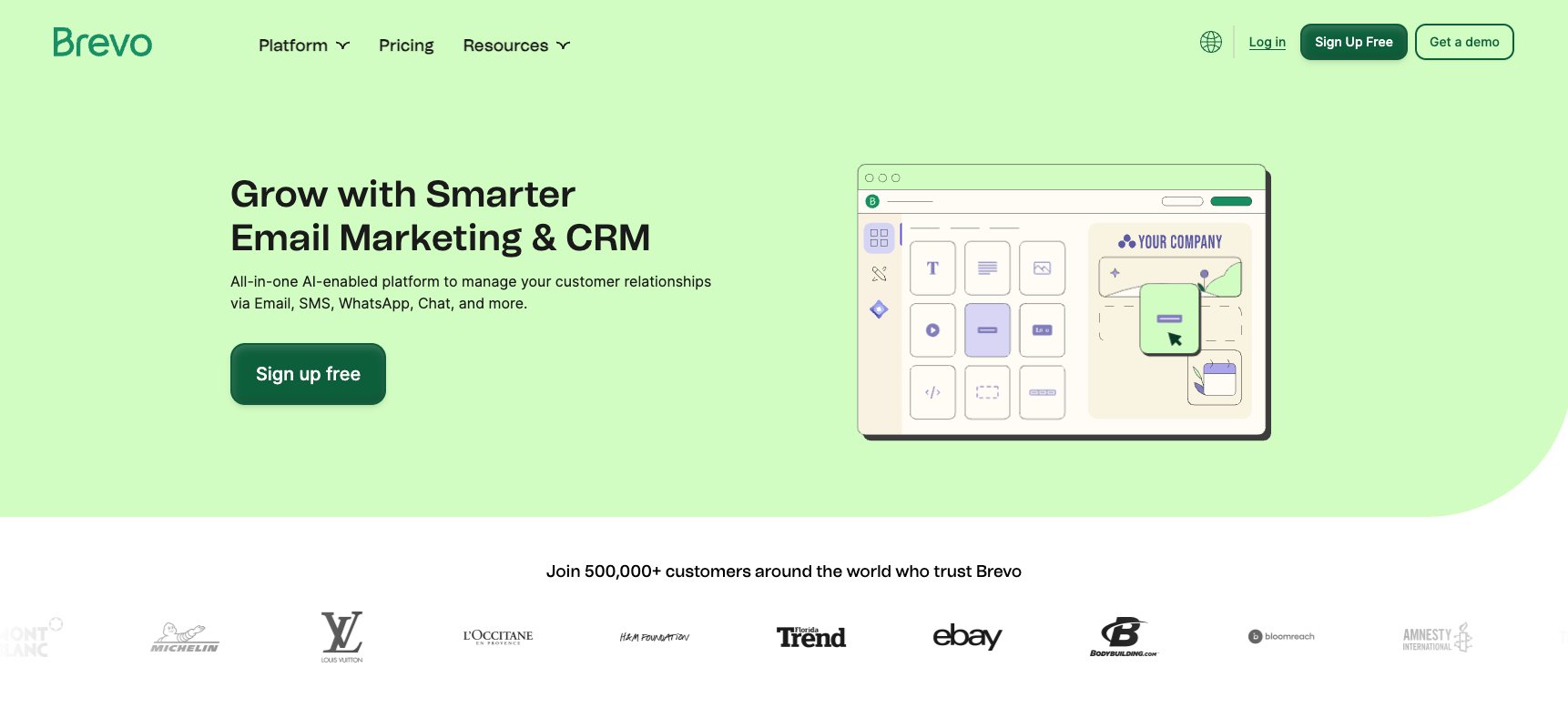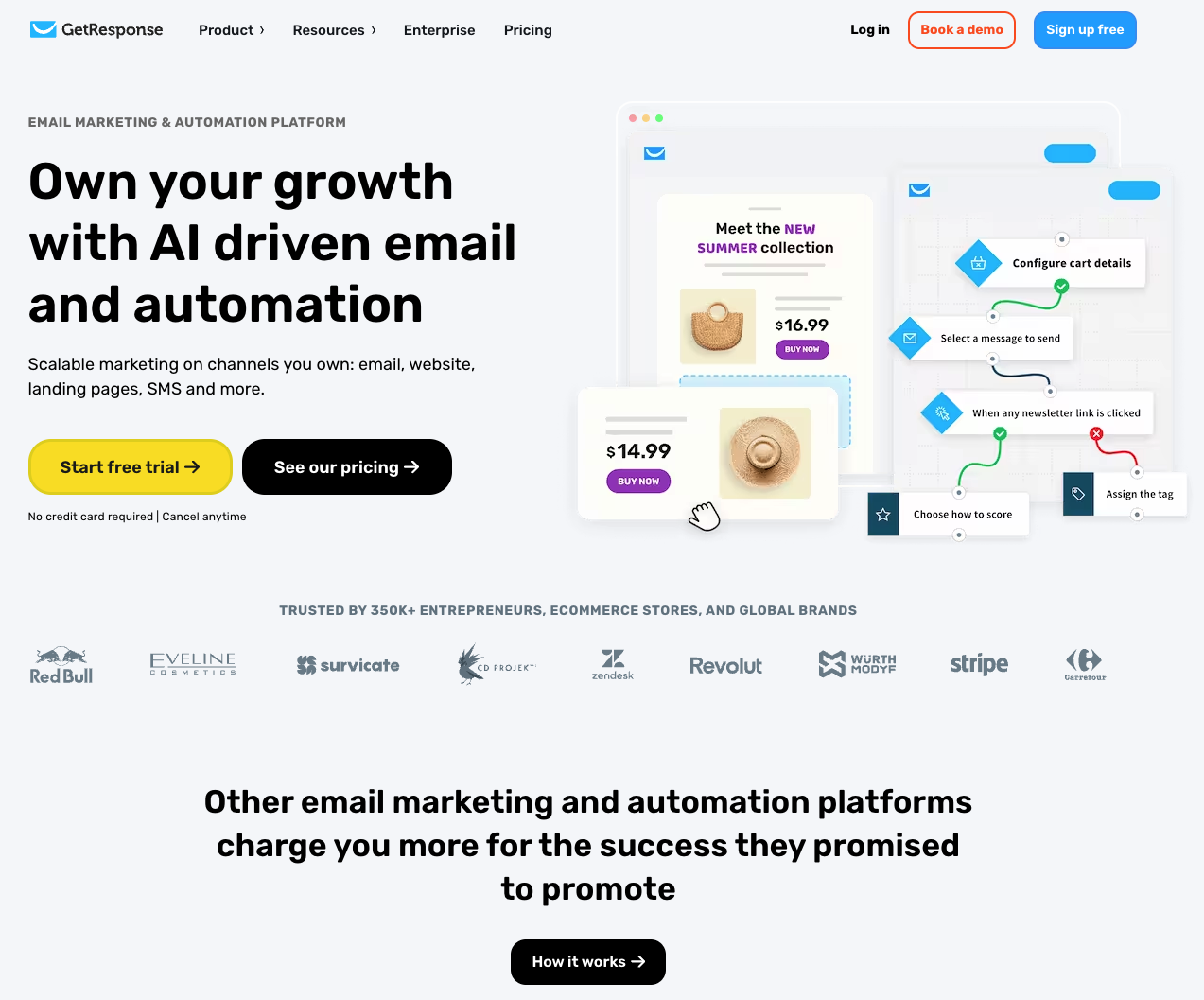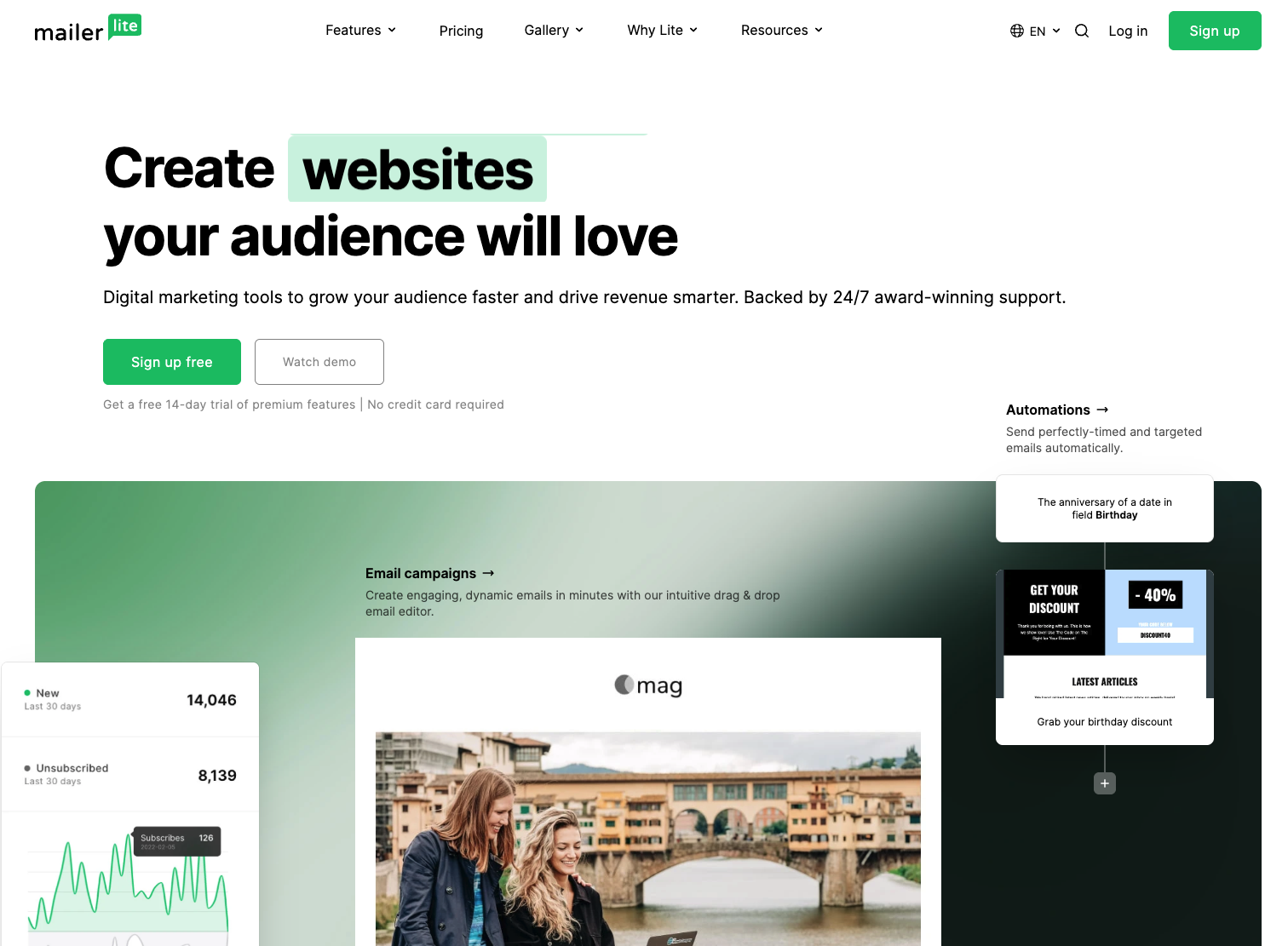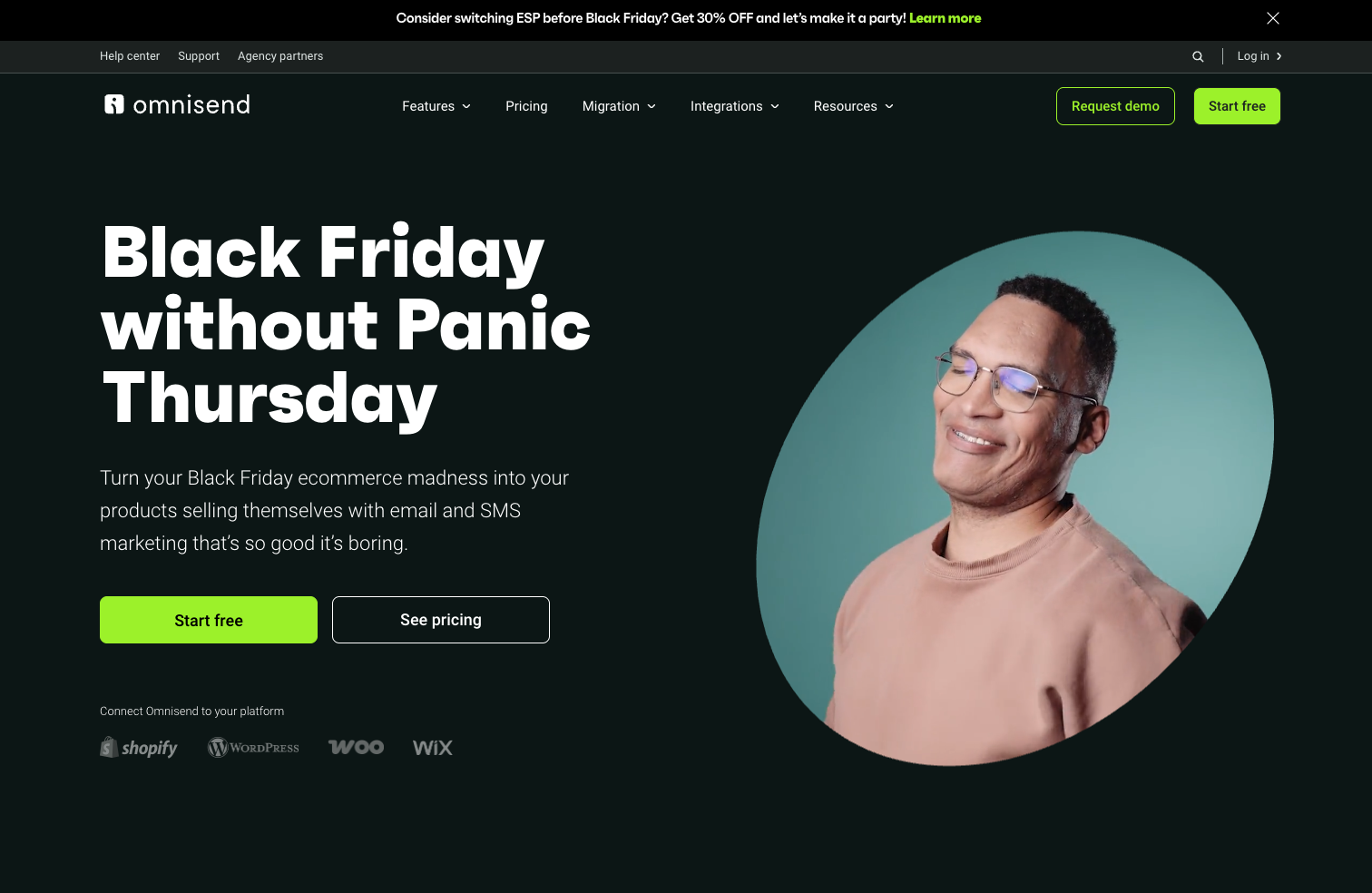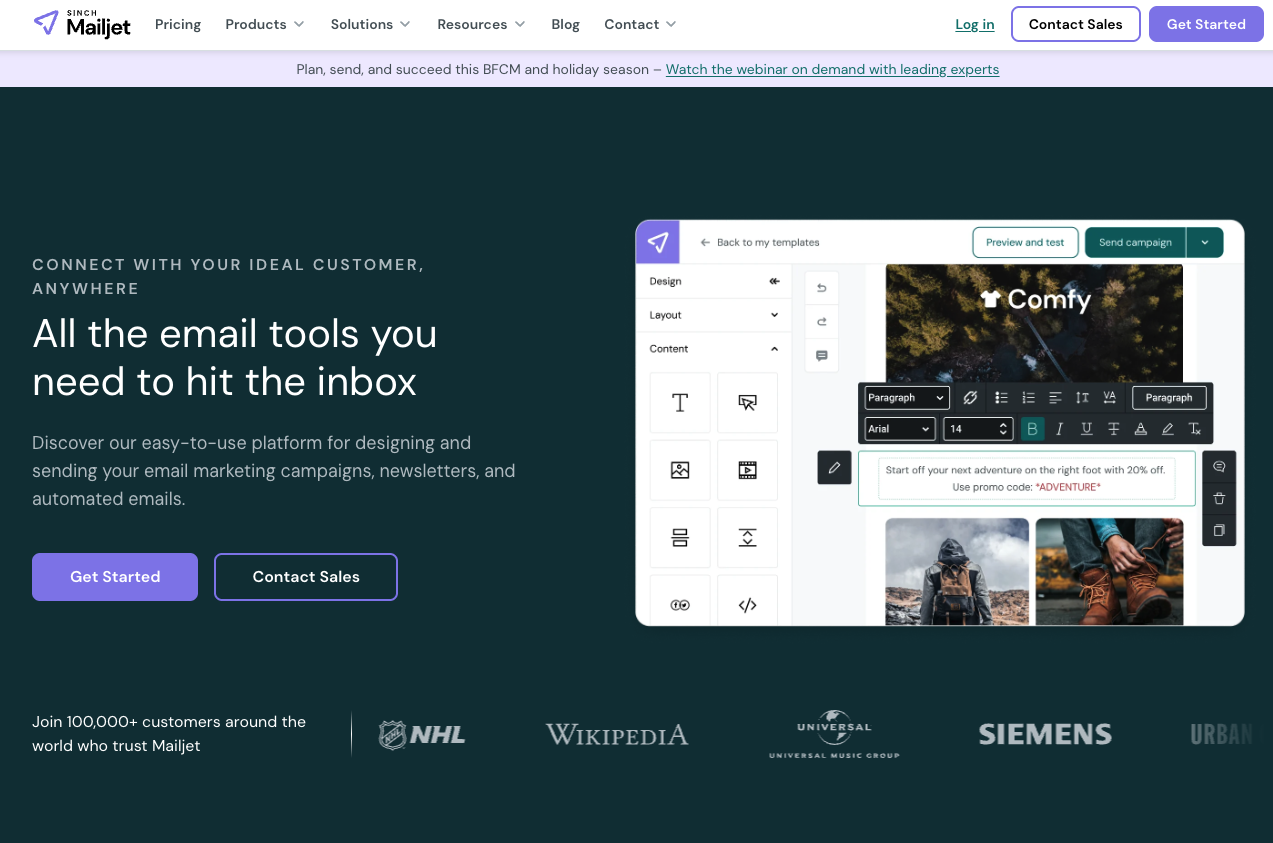The 10 Best Email Marketing Services in 2025
Ever wonder which email marketing platform actually gives you the most value for your money? Whether you’re a small business owner trying to nurture leads, a content creator building a loyal audience, or a marketer managing massive campaigns, choosing the right email service can make or break your results. The good news? There’s an email marketing tool for every need—and budget. From automation powerhouses like ActiveCampaign to creator favorites like ConvertKit, here’s a breakdown of the 10 best email marketing services in 2025, what they cost, and what makes each one worth your attention.
1. Mailchimp
Website: mailchimp.com
Pricing (2025)
Free plan: up to 500 contacts, 1,000 emails/month (with Mailchimp branding)
Essentials: starts ~$13/month for 500 contacts, includes 5,000 sends
Standard: adds more automation, behavioral targeting, starts ~$20 (for given contact tier)
Premium: enterprise-level, custom pricing, advanced features
Transactional (Mandrill) add-on: starts ~$20 per block (25,000 sends)
Key Features & Strengths
Drag-and-drop email builder & templates
Basic and advanced automations
Segmentation, A/B testing, send-time optimization
Integrations with many apps, ecommerce, CRMs
Ability to buy email credits (for irregular senders)
Considerations
Pricing scales steeply with contact count
Some automation and advanced features are locked behind higher tiers
Free plan includes Mailchimp branding
2. ActiveCampaign
Website: activecampaign.com
Pricing
Starter / Lite: ~$19/month for 1,000 contacts (with send limit ~10× contact count)
Plus: ~$49/month for 1,000 contacts — unlocks CRM, lead scoring, landing pages, etc.
Professional: ~$149/month (for 2,500 contacts) — adds predictive sending, site messaging, split automations, etc.
Enterprise: custom pricing, includes advanced reporting, unlimited users, dedicated support
No permanent free plan; 14-day trial often available
Key Features & Strengths
Very strong marketing automation capabilities
Built-in CRM, sales automation, scoring
Multi-step and branching workflows
Deep integrations with ecommerce, tracking, attribution
Predictive and AI features in higher tiers
Considerations
More of a learning curve vs. “email-only” platforms
You may hit send or feature limits in lower tiers
Can be overkill for simple newsletter use
3. Brevo (formerly Sendinblue)
Website: brevo.com
Pricing
Free plan: unlimited contacts, up to 300 emails/day
Starter: ~$25/month (for fixed email volume)
Business / Premium: more sends, advanced features, priority support, unlimited contacts
Enterprise / custom: for high volume or special needs
Key Features & Strengths
Pricing based on email volume rather than contact count (advantageous in some use cases) 
Built-in CRM, chat, SMS, marketing automation
Transactional email capabilities
Good automation, segmentation, sending optimization
Considerations
Free plan’s daily sending limit can be restrictive
Some features only in higher plans
For heavy senders, volume-based pricing might escalate
4. GetResponse
Website: getresponse.com
Pricing & Features
Offers free or “forever free” tier (for small lists)
Paid tiers from ~$15/month for basic marketing (depending on contacts)
Higher tiers include automation, webinars, ecommerce features
Multi-channel marketing: email + SMS etc.
Strengths
Good balance of features for growth
Useful list-building tools, landing pages, webinars
Solid automation and analytics
Considerations
Some advanced automations behind higher paywalls
For big lists, pricing may rise sharply
5. MailerLite
Website: mailerlite.com
Pricing
Free plan: up to 1,000 subscribers, 12,000 emails/month
Paid plans: begins ~$10/month for same subscriber count but with full features
Pricing scales with list size
Key Features & Strengths
Very user-friendly interface
Solid automation, segmentation, tagging
Landing pages, forms, popups
Good for creators, small teams
Considerations
For large lists, features may be limited
Some features (e.g. advanced analytics) available only in higher plans
6. Omnisend
Website: omnisend.com
Pricing
Free plan: up to 500 emails/month for up to 250 contacts (unlimited contacts)
Paid plans: start ~$16/month for 500 contacts
For ecommerce-focused features, tiers advance accordingly
Key Features & Strengths
Designed for e-commerce: abandoned cart emails, product recommendations
Omnichannel: email + SMS + push + automation
Segmentation, A/B testing, conversion tools
Considerations
If email is your only channel, some features may be underutilized
As with others, cost scales with size
7. Mailjet
Website: mailjet.com
Pricing & Features
Free plan: allows up to 6,000 emails/month (≈200/day)
Paid “Essential” plans: ~ $15/month for 15,000 sends
Additional features: collaboration tools, A/B testing, dynamic content
Strengths
Good for teams (collab)
Easy to get started
Solid template & editing tools
Considerations
Feature set less rich vs heavy automation tools
Limits on free plan and mid-tier features
8. Kit
Website: kit.com
Pricing & Features
Free plan: up to 300 subscribers
Paid “Creator” tier: starts ~$15 for 300 subscribers, includes automation, forms, landing pages
Higher tiers offer more features and higher limits
Strengths
Tailored for creators, bloggers, small businesses
Easy-to-use automation workflows
Good landing page & form support
Considerations
Less suitable for large-scale enterprise use
Some features (e.g. advanced analytics) require upgrades
9. Campaign Monitor
Website: campaignmonitor.com
Pricing & Features
Starting plans: ~$9/month for 500 subscribers, 2,500 email sends (rough estimate)
Features include visual journey builder, transactional email, good templates
Strengths
Strong visual design / template tools
Good for branded campaigns
Solid deliverability
Considerations
Automation features less advanced vs others
Higher pricing for large lists
10. Salesforce Pardot (Marketing Cloud Account Engagement)
Website: salesforce.com
Pricing
Enterprise / B2B-tier tool, pricing typically starts high (e.g., $1,250+/month)
Customized pricing depending on scale & features
Key Features & Strengths
Deep integration with Salesforce CRM
Advanced lead scoring, nurture tracks, B2B features
Enterprise-level controls, reporting, automation
Considerations
Cost is high — suited for mid-to-large enterprise
Learning curve and implementation complexity
Overkill if you don’t need deep B2B automation
What to Look for / How to Choose
When picking one, consider:
List size & growth: Some tools are cheap until you cross a threshold.
Automation needs: Do you just need newsletter blasts, or multi-step workflows?
Channels beyond email: SMS, push, CRM, transactional email, etc.
Ease of use vs power: A simpler UI may reduce friction if your needs are modest.
Deliverability & reputation: A smaller tool might struggle sending to large lists.
Budget & pricing model: Per-contact vs per-email vs tiered features.

